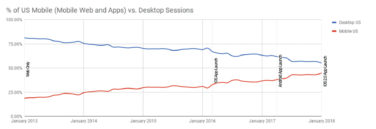Launching a global brand or product isn’t easy—even when you know where the landmines are. Flying blind into a launch is, well, just asking for trouble. When you cross cultural boundaries, there can be hidden barriers to success that need to be uncovered in order to chart your most successful course. No matter how strong your brand is back home, failure to understand a culture and its unique needs can cause lasting damage to a company’s reputation and erode the bottom line. Conversely, gathering timely and targeted market intelligence can be the difference between rapid brand adoption and rejection.
Surprisingly, despite the preponderance of evidence, we’ve found that many major healthcare companies routinely ignore the most effective and efficient way to ensure success in global markets—local, customer-focused research. Even a small amount of effort to understand where you’re going can help prevent you from encountering unsavory obstacles when you get there.
Avoiding costly mistakes should be enough motivation for marketers to invest in some fact finding before the go-to-market strategy and tactics are implemented. Our experience has demonstrated time and again that advance research pays for itself many times over—not only in identifying potential objections to your value proposition, but also in revealing new profit opportunities that weren’t on a client’s (or their competitors’) radar.
So, why rush into a global market without customer-focused research? Efficiency or “speed to market” is the most common justification brand or product managers give. Those pressures are real and they are often more strongly felt if your company is publicly traded. Yet, world-class brands have proven that it’s possible to thrive if you take the time to become familiar with the people to whom you are selling first.
For example, Ipsos Healthcare, our healthcare brand research partner, once consulted on a Chinese product launch that was saved by last-minute research. The manufacturer had planned to sell a scaled-down version of a successful product, eliminating many features in order to make it available at a value price.
Fortunately, as a result of the 11th hour research, they found out that because it’s extremely difficult to get approvals for purchases of this sort in China, consumers who have to go through all that red tape would rather have something expensive and durable enough to last a long time to avoid going through the approval process again. The manufacturer saved the product launch by redesigning their product for the Chinese marketplace based on this new intelligence.
Remember: Any new business venture requires investment. If you think research is too expensive, compare it to the cost of having to re-create your brand strategy and position all over again, or worst of all, having to pull out and write off a global market as a complete loss.
You do the math. Or, better idea: Do the research.




